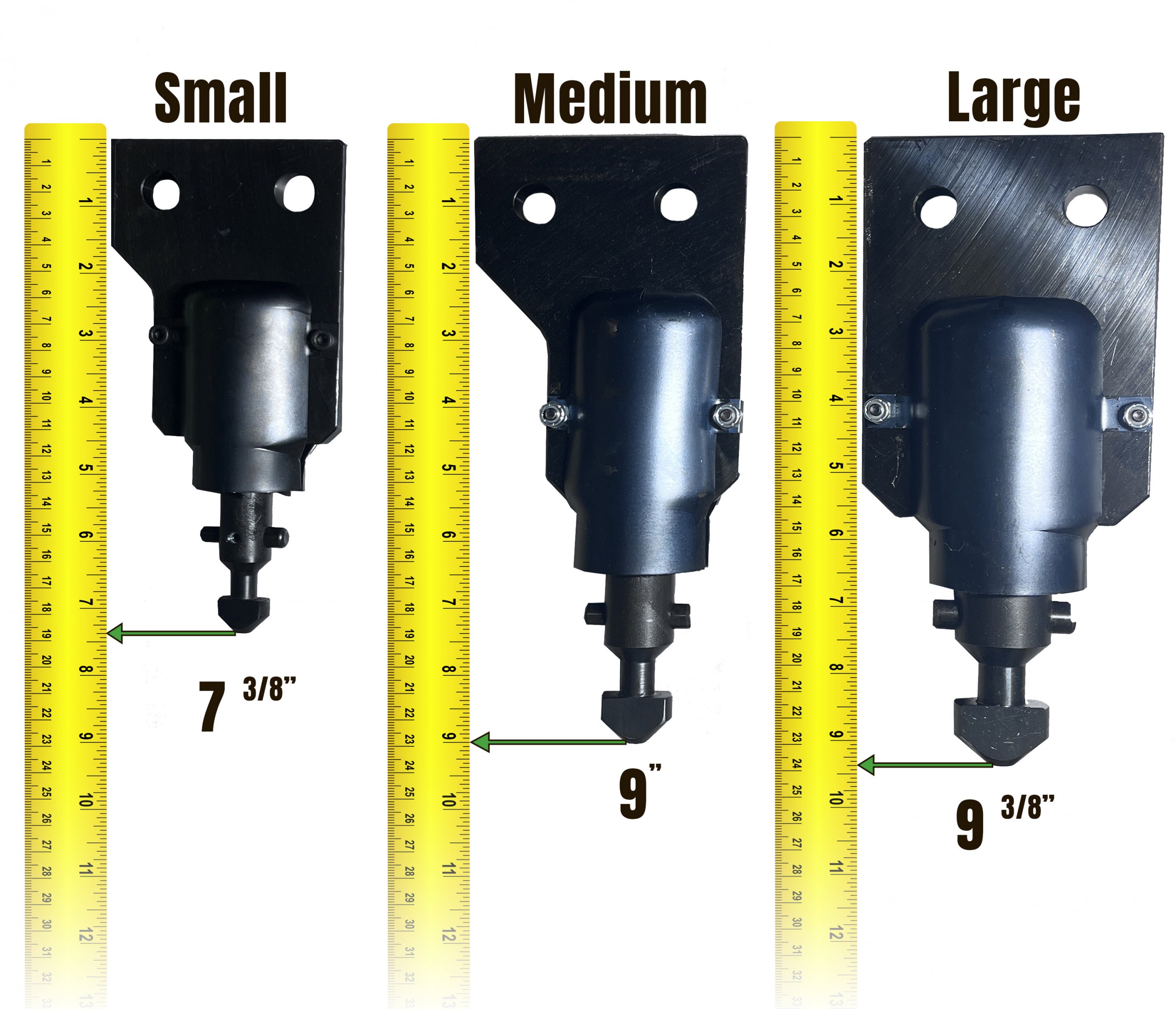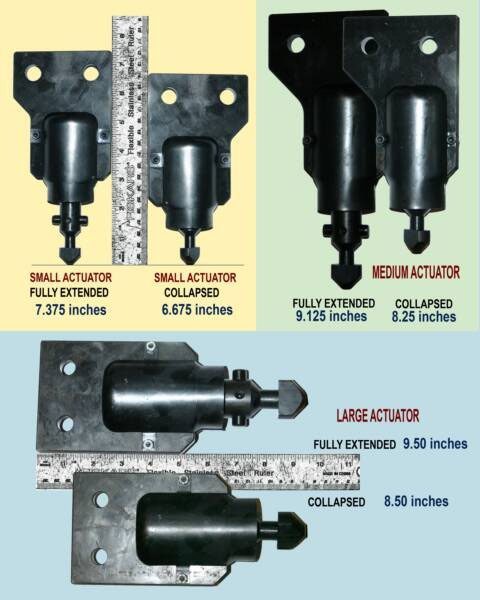Returns*
Unused Items:
You have 30 calendar days from the time of receiving your Kenco product to return it. Kenco will only issue a full refund of the product purchase price less shipping if the item received:
- is not what the customer had originally ordered
- is in its original packaging
- has not been used
Used Items:
Lifting attachments that are being returned must be inspected by Kenco before a refund can be issued. The customer must contact Kenco before sending the lifter by phone – 800-653-6069 – or by email – sales@kenco.com. A sales representative will notify engineering that the lifter is being returned. Upon receiving the lifter, a Kenco engineer will conduct a complete evaluation and determine if there are any damages. These repairs along with a 15% restocking fee will be deducted from the purchase price of the lifter.
Pads and actuators are considered wear items and therefore cannot be returned after any use.
Refunds*
If the return is approved, the product price less any above-mentioned fees will be returned by the same payment method as received within 5-10 calendar days.
International charges such as duties or insurance will not be refunded.
Shipping fees are also non-refundable.
Payment Methods & Terms
Major credit cards accepted and processed through a secure channel – Solupay. A copy of receipt and paid invoice will be emailed to the customer after the item has been fulfilled. Any billing issues can be directed to accounting@kenco.com. Please see our Privacy Notice for further details on our policy on sharing your personal information.
Shipping
All lifting attachments will be shipped using FedEx Freight unless otherwise specified. The tracking number will be located in the upper right hand corner of the invoice. Customer wanting to use their own freight company or to use 3rd party billing must contact Kenco by phone – 800-653-6069 – to place their order.
Replacement parts will be shipped via FedEx Ground, 2nd day or overnight services as specified by customer at checkout.
Shipping fees are non-refundable and the customer’s responsibility unless the shipping error was made by Kenco. Return shipping/freight is the sole responsibility of the customer.
Warranty
All lifters are to be free from proven defects in material and workmanship for a period of six months. See Kenco’s warranty policy located at the end of your lifter’s manual for full details.
Contact Us
Before sending any item back to Kenco, contact 800-653-6069 or sales@kenco.com.
*Return and refund policy is for standard models only.


